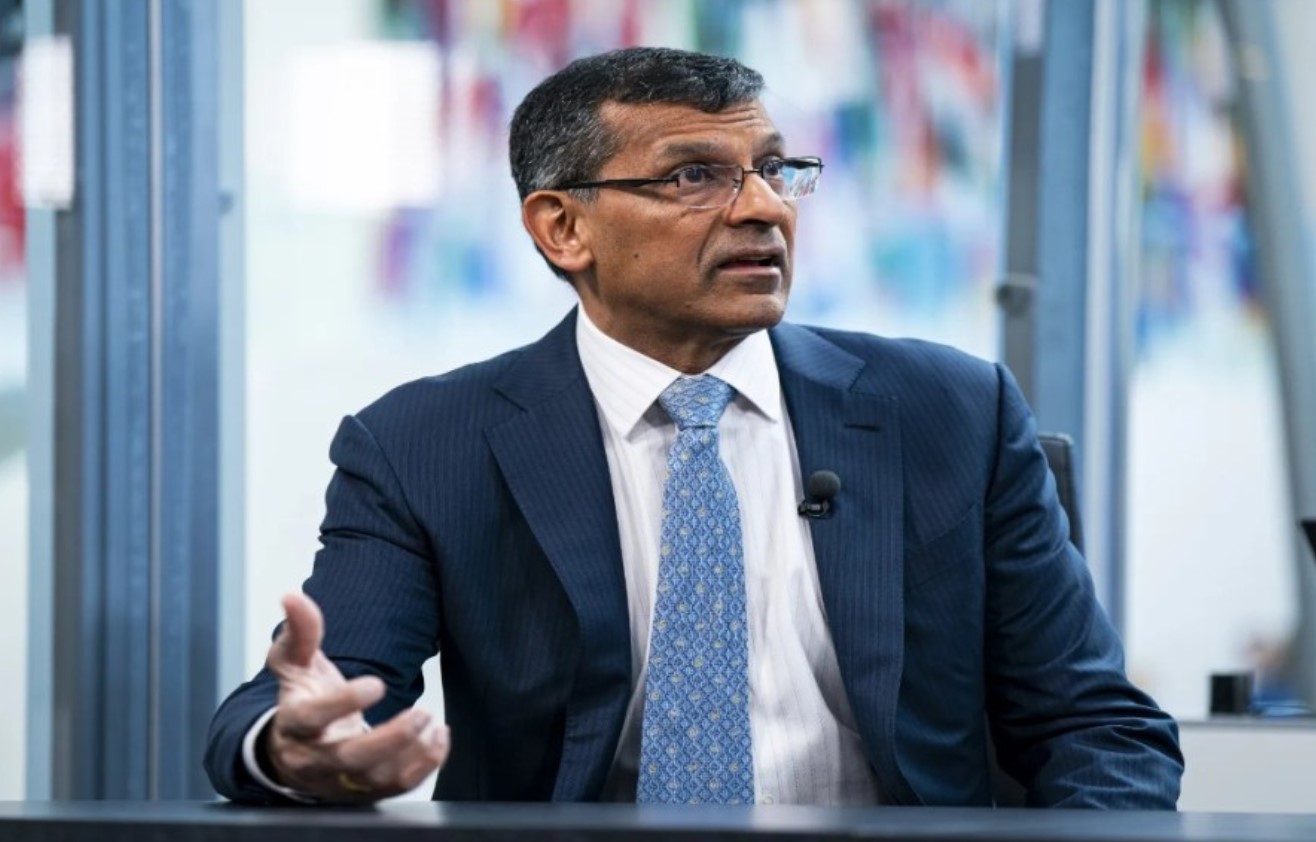India must be “very careful and clever” in how it approaches trade talks with the United States, especially in agriculture — that was the sharp message from former Reserve Bank of India Governor Raghuram Rajan on Friday. Speaking in a wide-ranging interview, Rajan outlined the threats looming over India’s farmers if the country rushes into agreements with developed nations without addressing unequal subsidies.
Rajan’s words come at a time when New Delhi is actively pursuing trade pacts with major economies, including the US, UK, and EU. While the larger goal is boosting exports and drawing in foreign investment, Rajan said the devil lies in the details — particularly when powerful countries come to the table with generous farm subsidies that distort fair competition.
Developed Countries Play With a Bigger Wallet
At the heart of Rajan’s warning lies a glaring imbalance: the level of support that farmers in the US and other rich nations receive compared to their Indian counterparts.
In the US, agricultural subsidies are enormous. From direct payments to insurance programs and export incentives, American farmers have deep financial cushions. According to the OECD, US farm subsidies crossed $53 billion in 2023. Meanwhile, Indian farmers — largely smallholders — operate with far thinner margins and limited government aid.
That mismatch isn’t just economic. It’s structural. India’s farming sector is more fragmented, with lower productivity, less access to infrastructure, and limited mechanization.
Opening the floodgates to cheap, subsidized imports from abroad could crush local markets. Rajan didn’t spell out a specific policy prescription, but his point was clear: India needs to secure strong safeguards if it’s going to let US farm goods into the country.

Trade Deals: A Double-Edged Sword
Rajan made no secret of the risks tied to free trade agreements. But he also highlighted their potential upsides — especially if India can position itself as a key manufacturing and export base amid shifting global dynamics.
With rising tensions between the West and China, many companies are rethinking supply chains. India, with its vast workforce and improving infrastructure, stands to gain. Rajan said India is increasingly being seen as a viable alternative, particularly by the US.
Still, it’s not a slam dunk. He warned that trade disruptions — tariffs, disputes, and tit-for-tat sanctions — could dent India’s export potential and weigh on foreign investment. A few tenths of a percent off GDP might not sound like much, but for a developing economy, even small shocks can ripple far and wide.
More importantly, Rajan stressed that India can’t rely solely on external growth drivers. Domestic policy, infrastructure, and social safety nets must keep pace to absorb any pain caused by liberalizing trade too quickly.
Agriculture Sector: Small Players, Big Stakes
The agriculture piece of the puzzle, Rajan stressed, is particularly fragile. Unlike manufacturing, which benefits from scale and global capital, Indian farming is hyper-local and under-protected.
Indian farmers work small plots — many under two acres — and depend heavily on the monsoon, local markets, and modest subsidies. They’re in no position to go head-to-head with the industrial-scale farming operations of the US or EU.
Here’s where Rajan’s concern deepens. If foreign agricultural imports enter India unchecked:
-
Local farmers could be priced out of the market.
-
Food security policies might be undermined.
-
Rural incomes — already under pressure — could face another blow.
That’s not just an economic issue. It’s political, social, and deeply emotional in India, where over half the population still depends on agriculture for their livelihood.
Economic Growth Stable, But Vulnerable
Rajan also gave his take on India’s overall growth trajectory. He said the economy seems to have found a rhythm in the 6-7% annual range — a decent pace, but not eye-popping.
He acknowledged that global volatility — from trade fights to slowing demand — might shave a few decimal points off that figure. Still, he didn’t sound alarmed.
“Sort of settled” is how he described it. That might be a hint: the days of 8-9% GDP growth may be out of reach, at least for now.
Still, Rajan remains optimistic about India’s longer-term prospects, especially if the country plays its cards right in trade diplomacy and avoids the pitfall of caving to external pressure.
Negotiation Table Needs More Homework
If India is going to ink meaningful trade agreements, especially with giants like the US, Rajan’s comments serve as a timely warning. There’s a lot at stake, and the agriculture sector is a red line.
India can’t afford to negotiate in haste. The deals need careful scrutiny — not just to boost exports or attract investments, but to protect millions who work in fields, not factories.
Rajan didn’t say don’t sign. He said, don’t sign blind.









